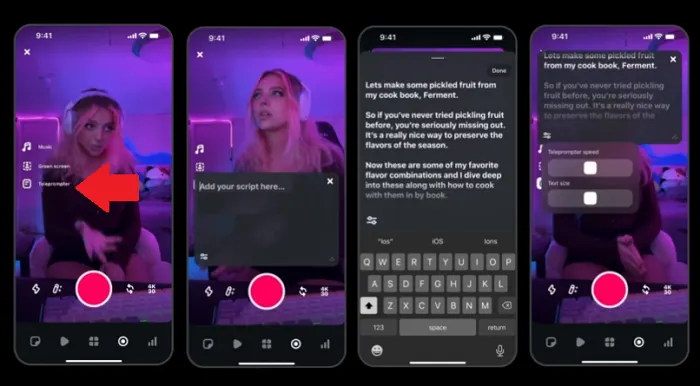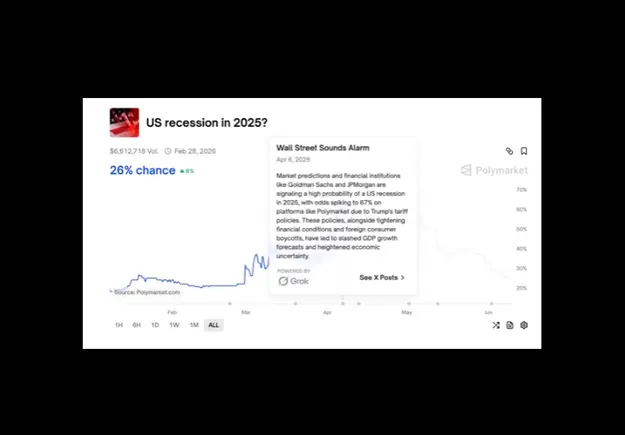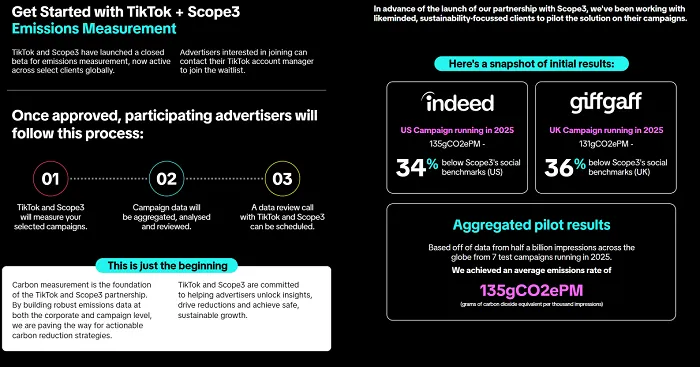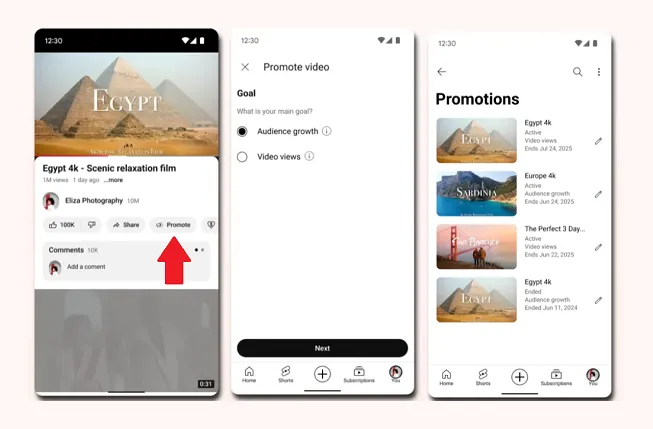5 ways to help good leaders become better storytellers
What’s missing from internal leadership comms. Jim Ylisela is co-founder of RCG. I recently wrote about Steve Wyett, the chief investment strategist at Tulsa-based BOK Financial. Steve is an example, all too rare, of leaders communicating clear and engaging messages to their audiences on sometimes complicated topics. Steve does this on the external side. But what […] The post 5 ways to help good leaders become better storytellers appeared first on Ragan Communications.

What’s missing from internal leadership comms.
I recently wrote about Steve Wyett, the chief investment strategist at Tulsa-based BOK Financial. Steve is an example, all too rare, of leaders communicating clear and engaging messages to their audiences on sometimes complicated topics.
Steve does this on the external side. But what about leaders talking to employees? They can take a lesson from Steve’s playbook. Here are Ragan Consulting Group’s Top 5 tips for better internal communications from executives:
1. Train them. We do media training for leaders and subject matter experts all the time, but internal leadership comms also demands your attention. Some execs are clear writers and engaging speakers, but too many struggle to connect with their audience. They rely on stilted scripts on a teleprompter or bullet points on a note card. When pressed, they fall back on jargon and corporate speak. Many leaders shine in small, informal discussions with employees but stiffen up when their communication is “official.”
Training is about practice. Put your executives on video to show them how they look and sound in a speech or a town hall presentation. Get specific with your suggestions and ask them to try again.
Be a good editor. That means earning the trust of your leaders to tell them what doesn’t work ― and why ― and help them to find their voice and make their copy sing.
2. Show them how to be “interpreters.” In a recent LinkedIn post, Wyett put it this way:
“The goal of every written piece we produce, or interview we give, or presentation we make is to connect the dots between the economy, markets, and/or Fed in a way which allows the reader/listener/observer to understand a topic differently than they did before.”
The same is true for internal comms. What employees want to hear from the C-suite is the big picture, translated into terms that relate to what they do every day. It’s not enough to repeat the organization’s mission and values. People want to understand the company’s business decisions, which means explaining the “why” behind the strategy.
Years ago, I attended a talk by a brilliant London-based consultant named John Smythe. He talked about the CEO as chief engagement officer (and wrote a book by that title).
John delivered great insights, and at one point, he went to a flip chart and drew a simple graphic that I’ve been talking about in my own workshops ever since (with proper acknowledgement to John, of course). It looked like this:

The idea is brilliant in its simplicity. Leaders must communicate both the “what” and the “why” down to the workforce John said, and then engage with employees and managers to figure out the “how” and make it happen
3. Help leaders deliver bad news. Most CEOs are bad at this, and I get it. No one wants to deliver bad news. It can directly affect a company’s reputation and its bottom line. Publicly traded companies are especially careful (too careful, in my view) to spin the news or even hide it, which never works over the long haul.
Internally, CEOs try to soften the blow on bad news, as if employees aren’t mature enough to handle it. Employees hate this on two levels: 1. They don’t like hearing bad news in the media before anyone in the company has filled them in; and 2. They don’t want to be patronized and treated like children. They want to understand the problem, no matter how bad, and most of them want to be part of the solution (the “how” on John Smythe’s chart).
The ideal approach is not Elon Musk’s heartless emails to government workers and burying the bad news behind jargon (we’re rightsizing!). It is explaining difficult news in clear, simple terms, with genuine empathy for those affected.
4. Mix it up. There are so many ways for leaders to reach their internal audiences. Help the boss try them all, not just for the practice but because employees use different channels to get their news.
Email still works because employees tend to open emails from the boss. But pick your spots. Follow the fundamentals of good writing: Keep it short. No long windups. Don’t bury the news, which reporters call the lede.
Videos can be effective but keep them short and remember that not everyone will see them.
Face-to-face communications are even better. Make good use of the all-hands meeting to interact with the audience. That means making time for more Q&A ― and not just squeezed in at the end. Communicators should gather questions before, during and after the meeting to keep the dialogue going. Smaller meetings and site visits from leaders are even more effective. Management by “walking around” always works.
5. Find a way to give leaders feedback. When it comes to communications, too many CEOs live in a bubble. There are too many layers between them and the workforce, and the leaders just below them on the org chart see it as their duty to “protect” the boss from negative comments or views. This is bad.
In our comms audits, managers often tell us they don’t get clear direction from leaders to “cascade” important messages to the workforce. But they also rarely get a chance to cascade back up the chain to offer feedback and suggestions. Leaders want to know: “Are people getting it?” “Do they understand the change?” “What questions do they have?” Communicators need to create ways for managers and employees to deliver that feedback.
I recently interviewed an executive as part of a comms audit, and she had a great way of dealing with this problem. She created a “communications council,” a cross section of her team members by age, geography and role.
“They help me say what the broader team needs to be hearing at the moment,” she told me. “They’re super open with me. You have to create that psychological safety. They definitely tell me when [something] didn’t work. I joke with them, ‘You gotta tell me when I have spinach in my teeth.’”
The post 5 ways to help good leaders become better storytellers appeared first on Ragan Communications.























![Brand and SEO Sitting on a Tree: K-I-S-S-I-N-G [Mozcon 2025 Speaker Series]](https://moz.com/images/blog/banners/Mozcon2025_SpeakerBlogHeader_1180x400_LidiaInfante_London.png?auto=compress,format&fit=crop&dm=1749465874&s=56275e60eb1f4363767c42d318c4ef4a#)

![How To Launch, Grow, and Scale a Community That Supports Your Brand [MozCon 2025 Speaker Series]](https://moz.com/images/blog/banners/Mozcon2025_SpeakerBlogHeader_1180x400_Areej-abuali_London.png?auto=compress,format&fit=crop&dm=1747732165&s=beb7825c980a8c74f9a756ec91c8d68b#)
![Clicks Don’t Pay the Bills: Use This Audit Framework To Prove Content Revenue [Mozcon 2025 Speaker Series]](https://moz.com/images/blog/banners/Mozcon2025_SpeakerBlogHeader_1180x400_Hellen_London.png?auto=compress,format&fit=crop&dm=1747758249&s=9f3c5b1b7421f862beace1cb513053bb#)
























![The 11 Best Landing Page Builder Software Tools [2025]](https://www.growthmarketingpro.com/wp-content/uploads/2024/04/best-landing-page-software-hero-image-1024x618.png?#)




































![The Most Searched Things on Google [2025]](https://static.semrush.com/blog/uploads/media/f9/fa/f9fa0de3ace8fc5a4de79a35768e1c81/most-searched-keywords-google-sm.png)
![What Is a Landing Page? [+ Case Study & Tips]](https://static.semrush.com/blog/uploads/media/db/78/db785127bf273b61d1f4e52c95e42a49/what-is-a-landing-page-sm.png)































![Social media image sizes for all networks [June 2025]](https://blog.hootsuite.com/wp-content/uploads/2023/01/Social-Media-Image-Sizes-2023.png)

![AI can boost conversions from your web page — HubSpot’s CMO shows you how [tutorial]](https://knowledge.hubspot.com/hubfs/ai-1-20250605-395473.webp)
![The state of inclusive marketing in 2025 [new data + expert insight]](https://www.hubspot.com/hubfs/inclusive-marketing-report.webp)




















